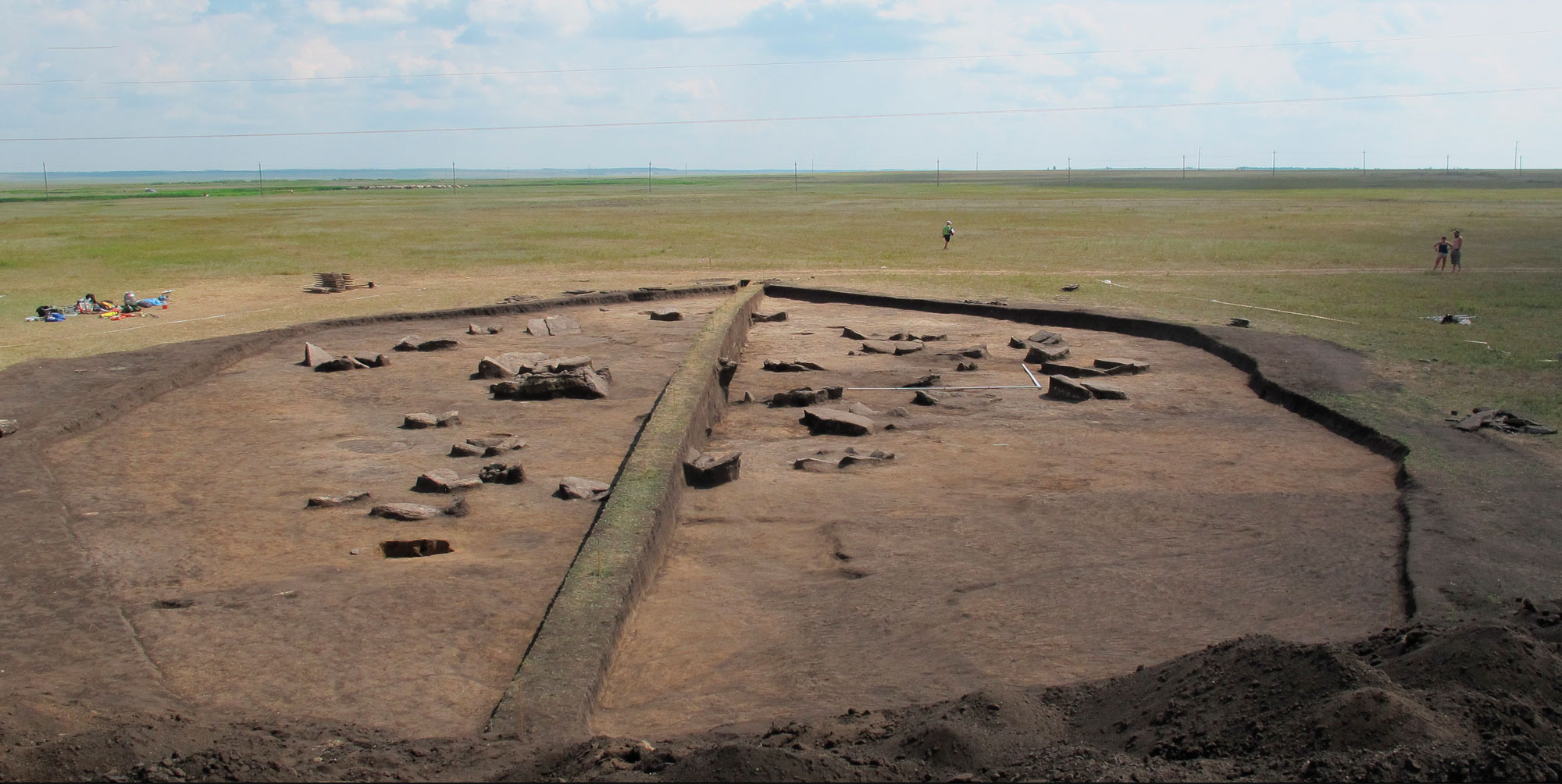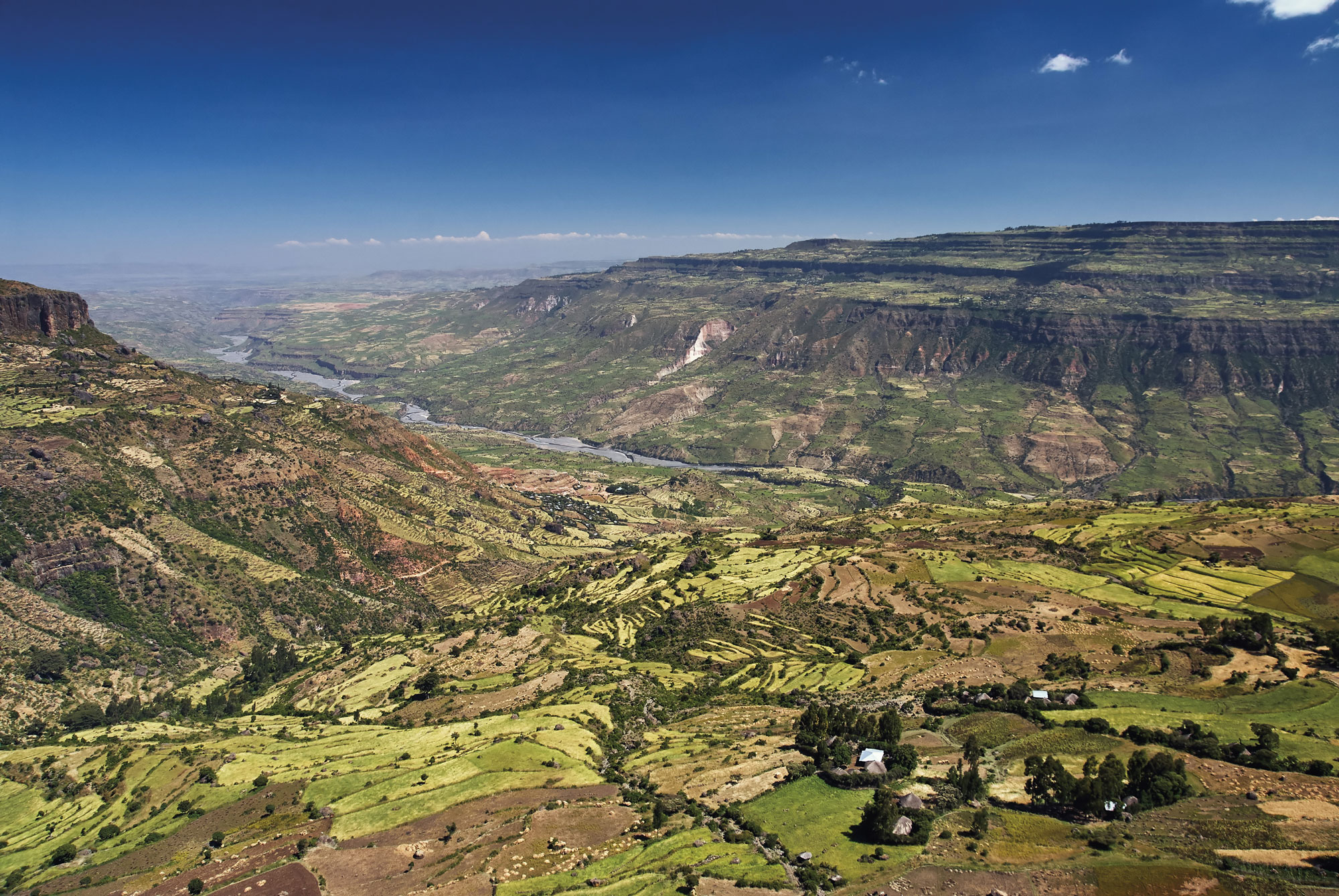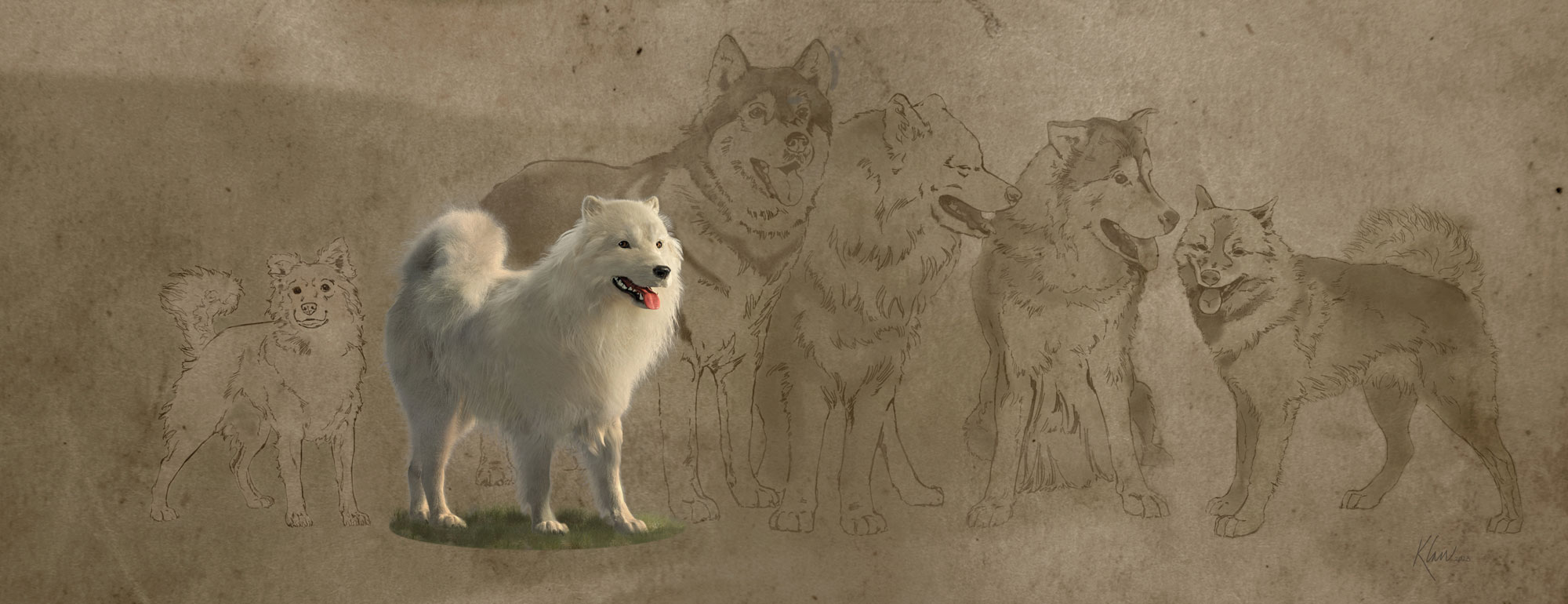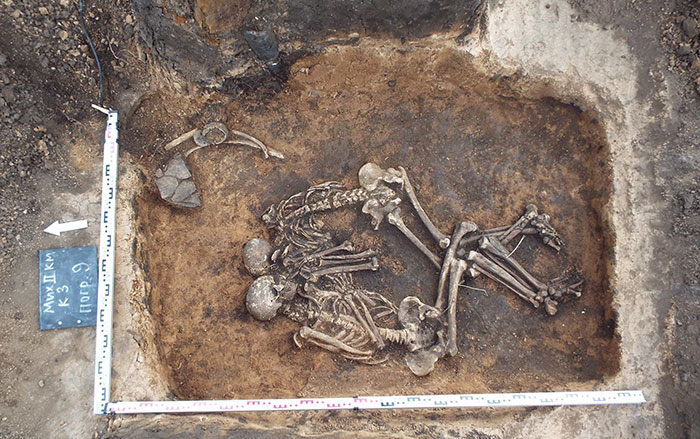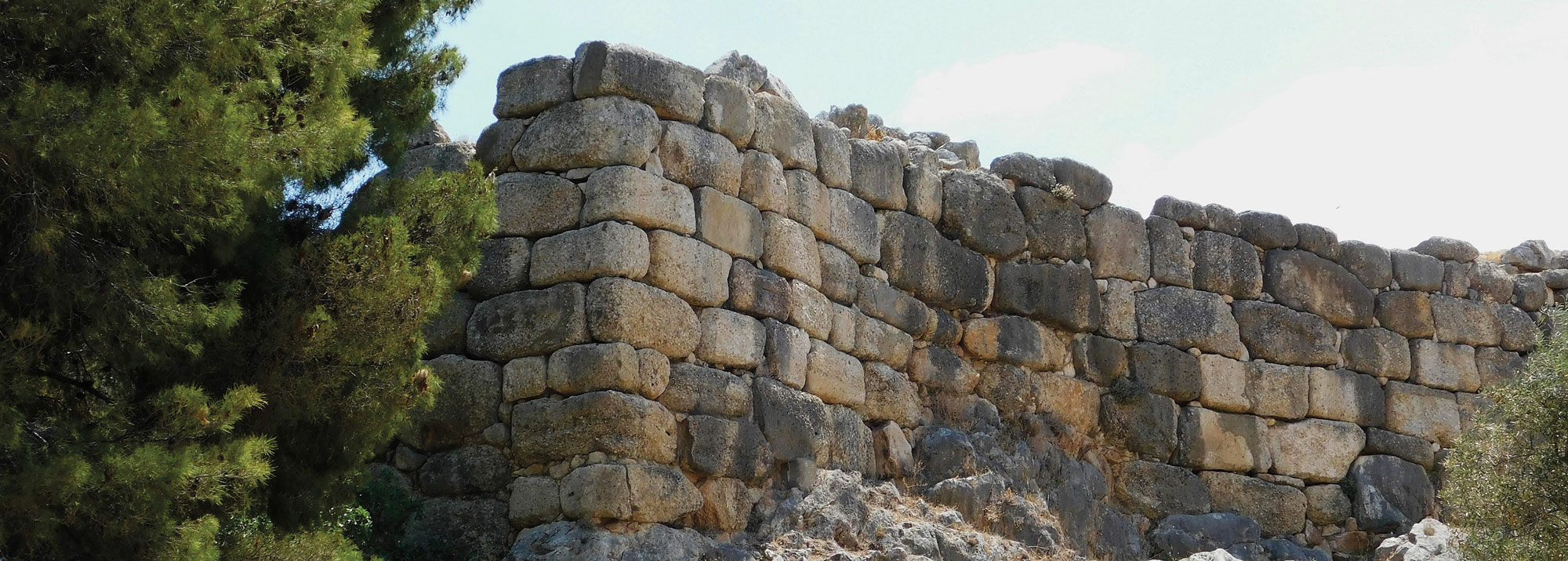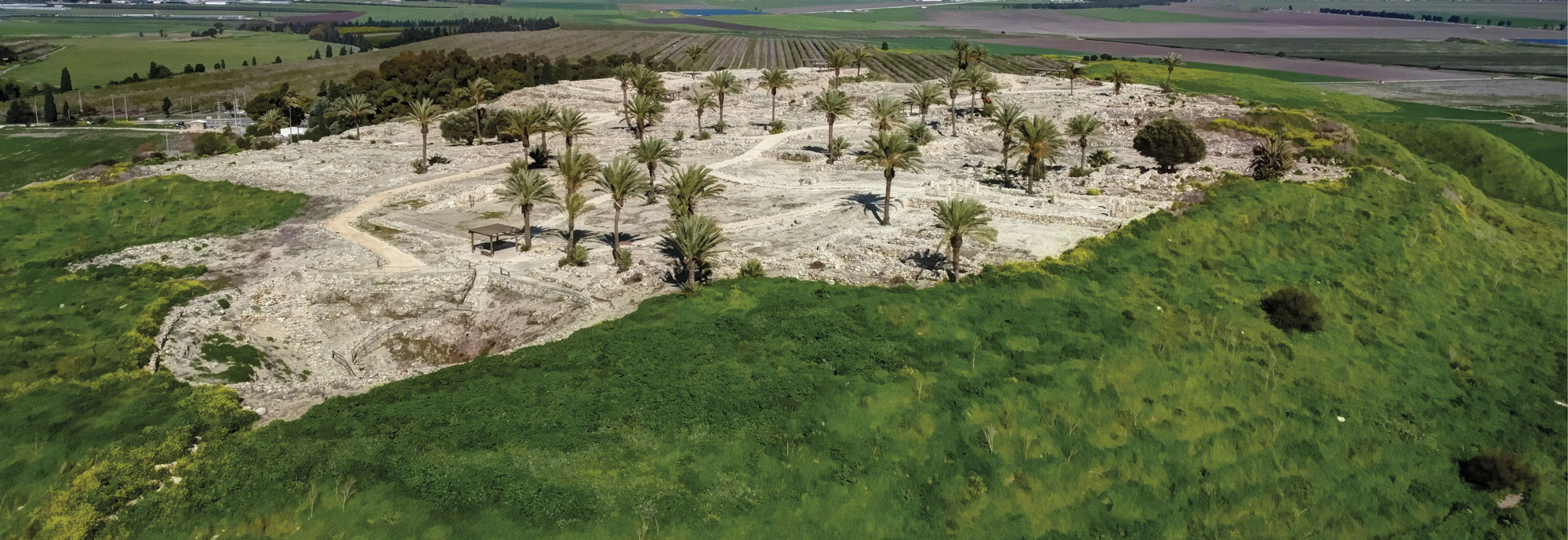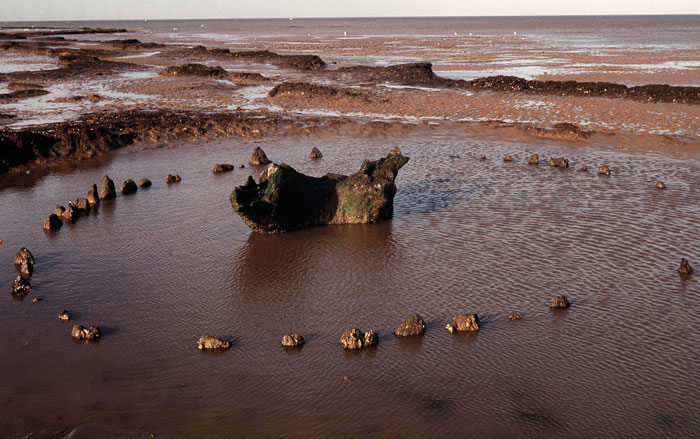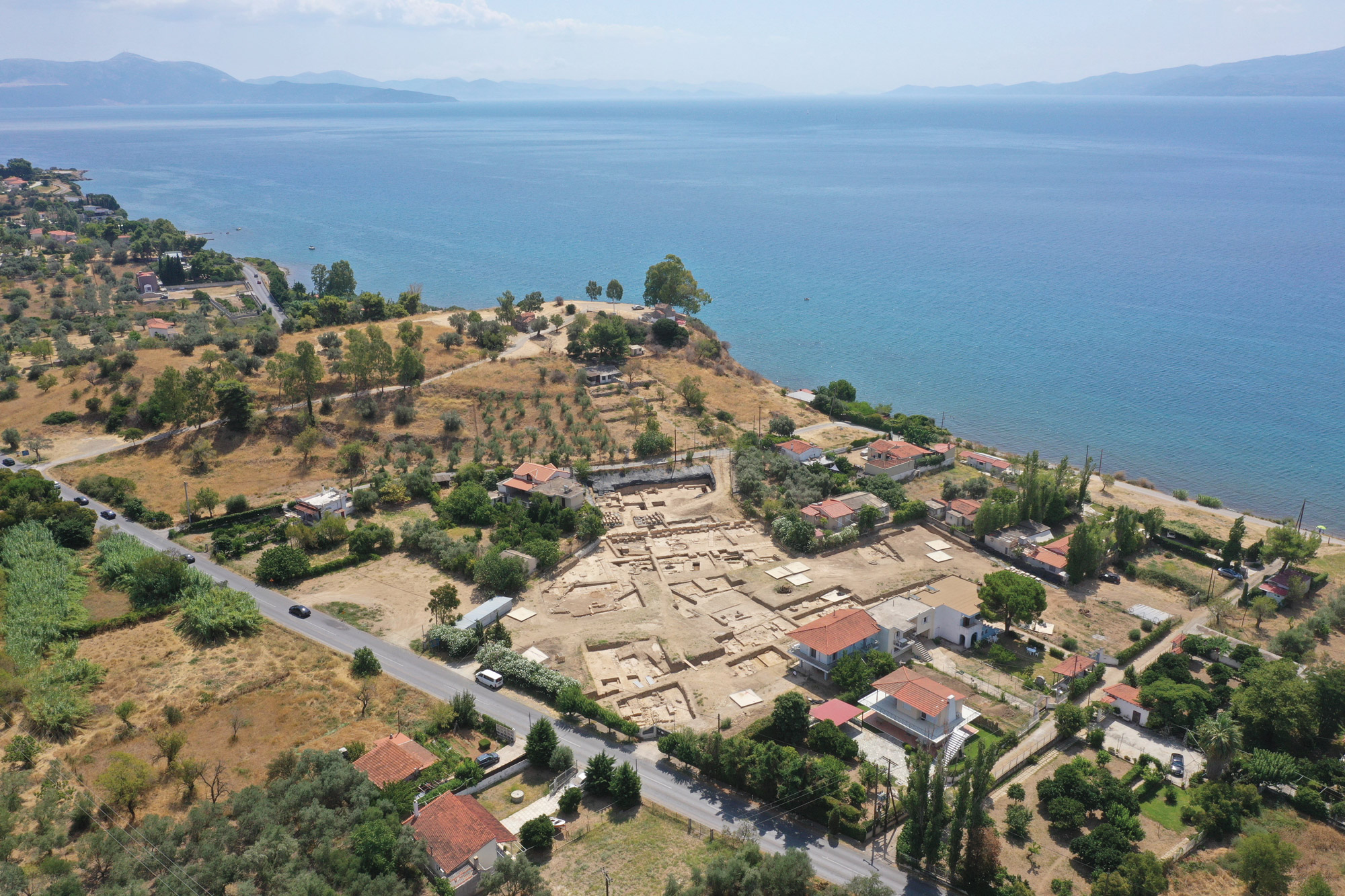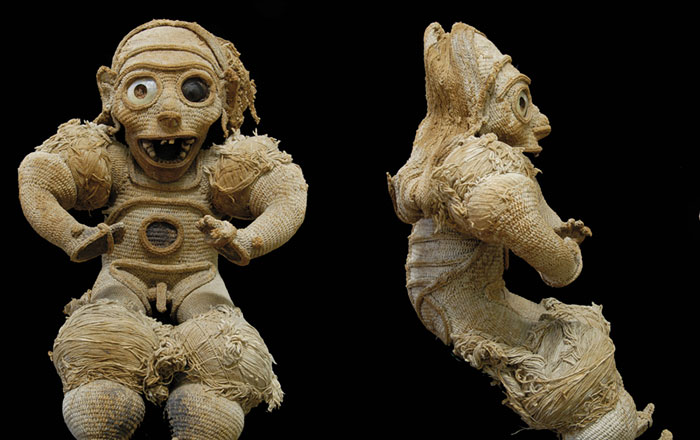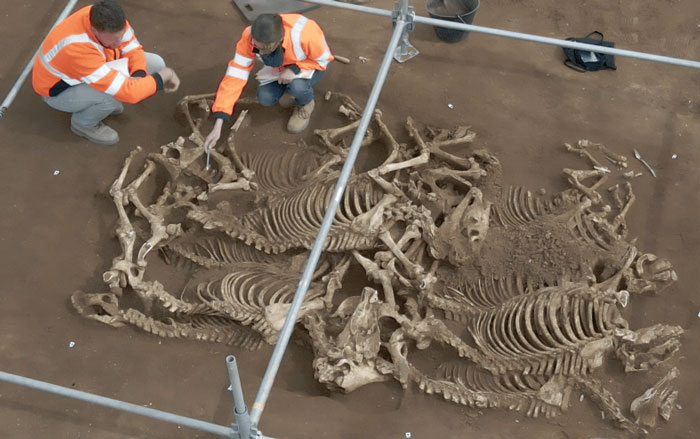
Ancient necropolises often provide clues about the lives of the dead, with grave goods helping determine what was valued by people in the past. Traditionally, however, archaeologists could only speculate about relationships among the deceased. Were they friends, family, or maybe even enemies?
A recent genetic study of 32 individuals interred in a kurgan, or burial mound, south of the Ural Mountains has provided a snapshot of family dynamics in a small pastoral community on the Eurasian steppe 3,800 years ago. Researchers learned that the group, which belonged to the Srubnaya-Alakul cultural tradition, consisted of three generations of a single Bronze Age (ca. 2400–800 b.c.) family that were all buried close together over just three to 10 years, based on radiocarbon dating of material from the graves. At the burial’s core were six brothers surrounded by their wives, children, and grandchildren. Researchers were able to reconstruct the group’s family tree using genomic analysis. “We had no clear expectations about potential family structures,” says paleogeneticist Jens Blöcher of Johannes Gutenberg University Mainz. “Finding a family centered around six brothers with many connections over so few years was definitely a surprise for us.”
The family’s life would have been difficult; the average life expectancy for men was just 32 years, while women lived, on average, only to about 24. Researchers determined that the eldest brother, however, lived to see his fiftieth birthday, apparently having benefited from his position as patriarch. He had eight children with two female partners, while his brothers all seem to have been monogamous and each had no more than three offspring.
The adult women buried in the mound were more genetically diverse than the men, indicating they may have moved to the area—perhaps from different locations—to get married. “Our findings suggest that the people buried at the site were part of a wider mating network, indicating female migration for marriage purposes,” says Blöcher. This may also explain why the men had no sisters buried in the kurgan. These women may have left the settlement at an early age to seek a match.



